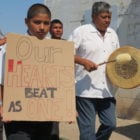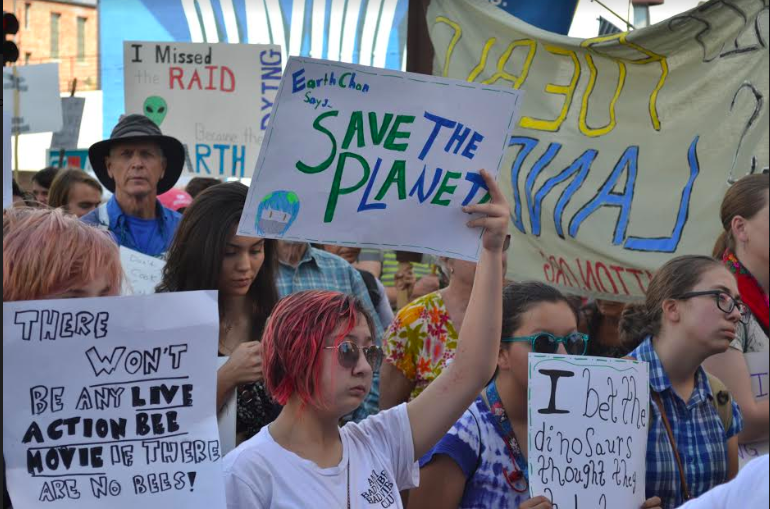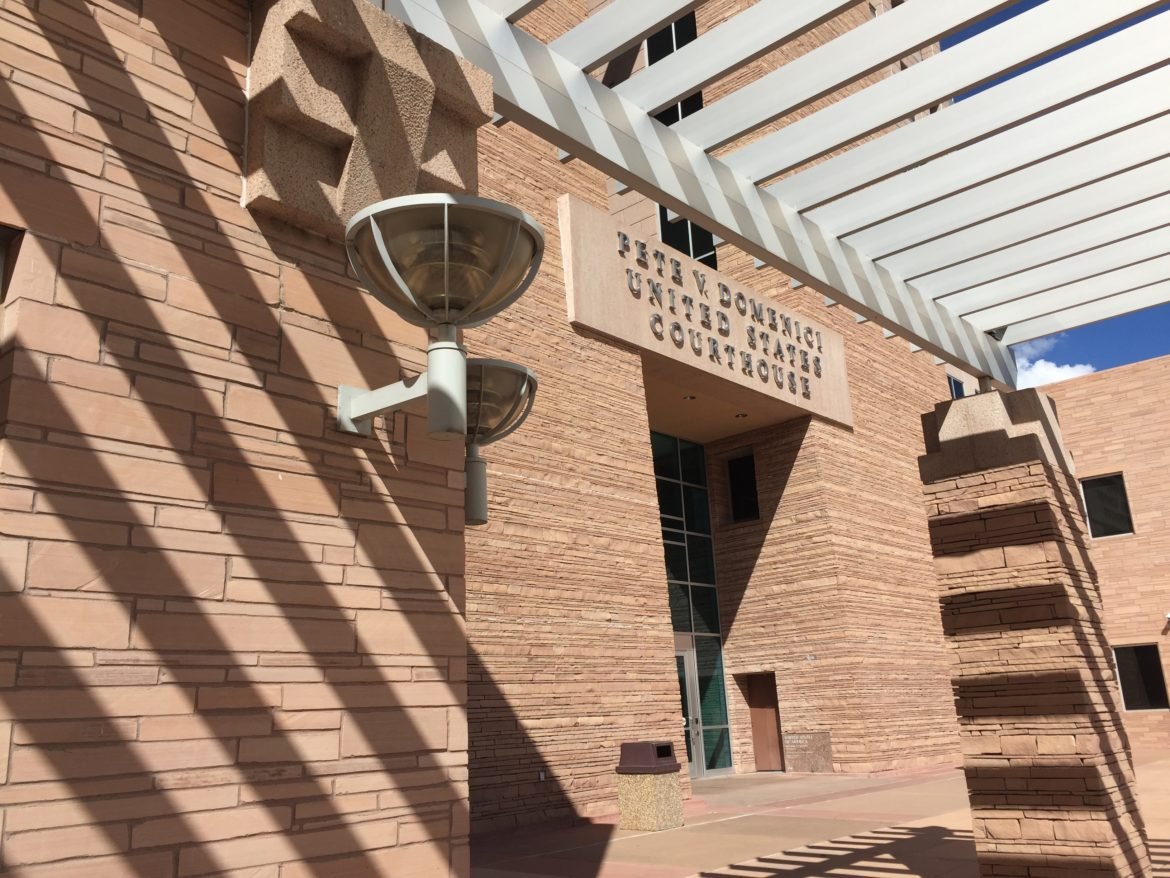Help us create journalism for Albuquerque’s Native American population
|
Albuquerque is home to one of the largest urban Native populations in the country. And yet you rarely see sustained, quality journalism about this community.That changes next year.Starting in June of 2020, New Mexico In Depth will embark on a reporting project that centers Albuquerque’s Native American population thanks to Report for America, a national program that pairs host newsrooms with ambitious reporters. NMID has been selected as one of RFA’s host newsrooms in 2020-2021. NMID proposed to cover a population that intersects with many of the complex challenges confronting New Mexico. There is much reporting to do – about resilience, about creativity, about a continuing effort to empower younger generations through culture and language retention. And, yes, about the thorny problems that disproportionately affect Native communities. New Mexico’s underserved populations deserve quality news coverage. This grant pays in part for a new reporter for this worthy project, about half of his or her salary and benefits. NMID must raise the balance.So here’s where you come in. We’re asking you to help us financially.









